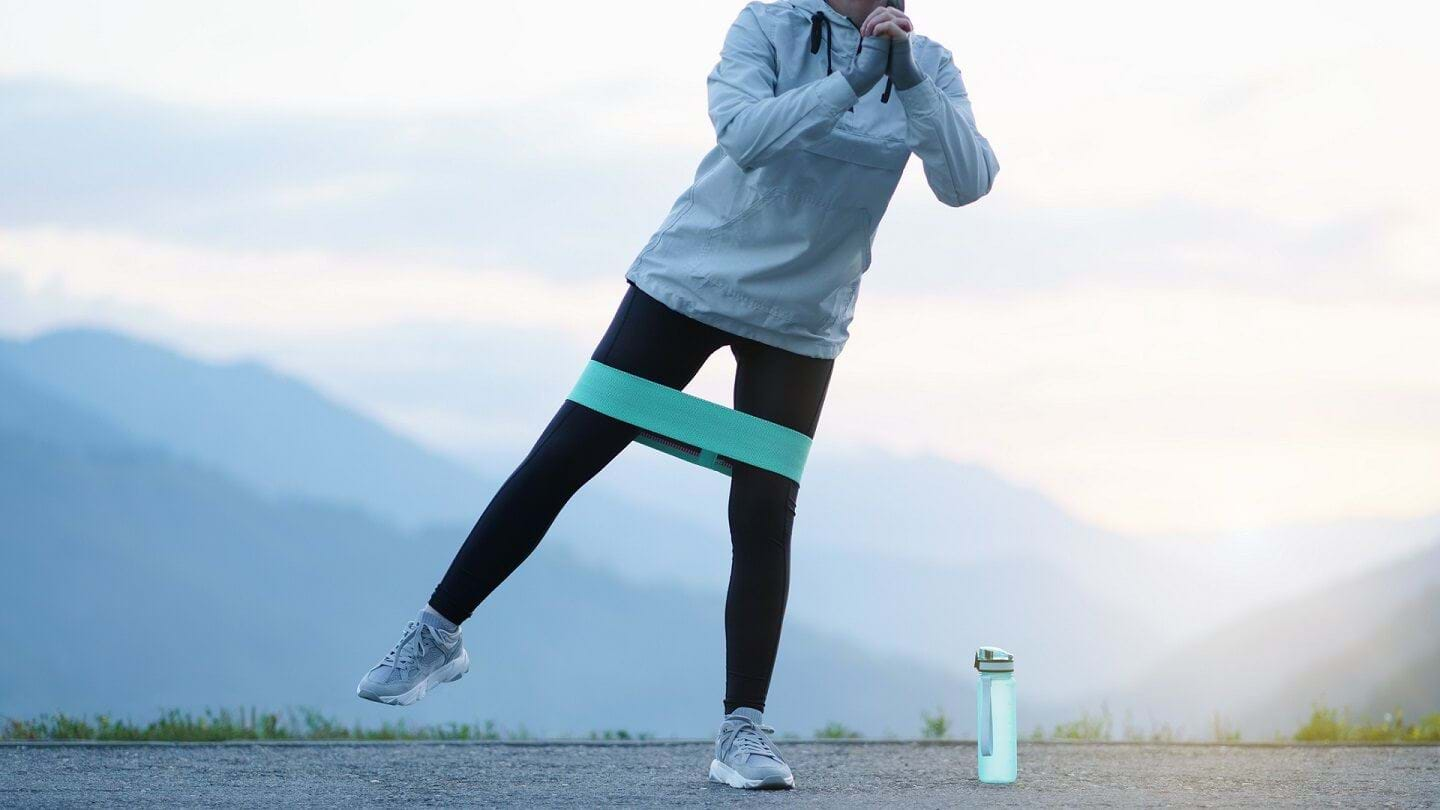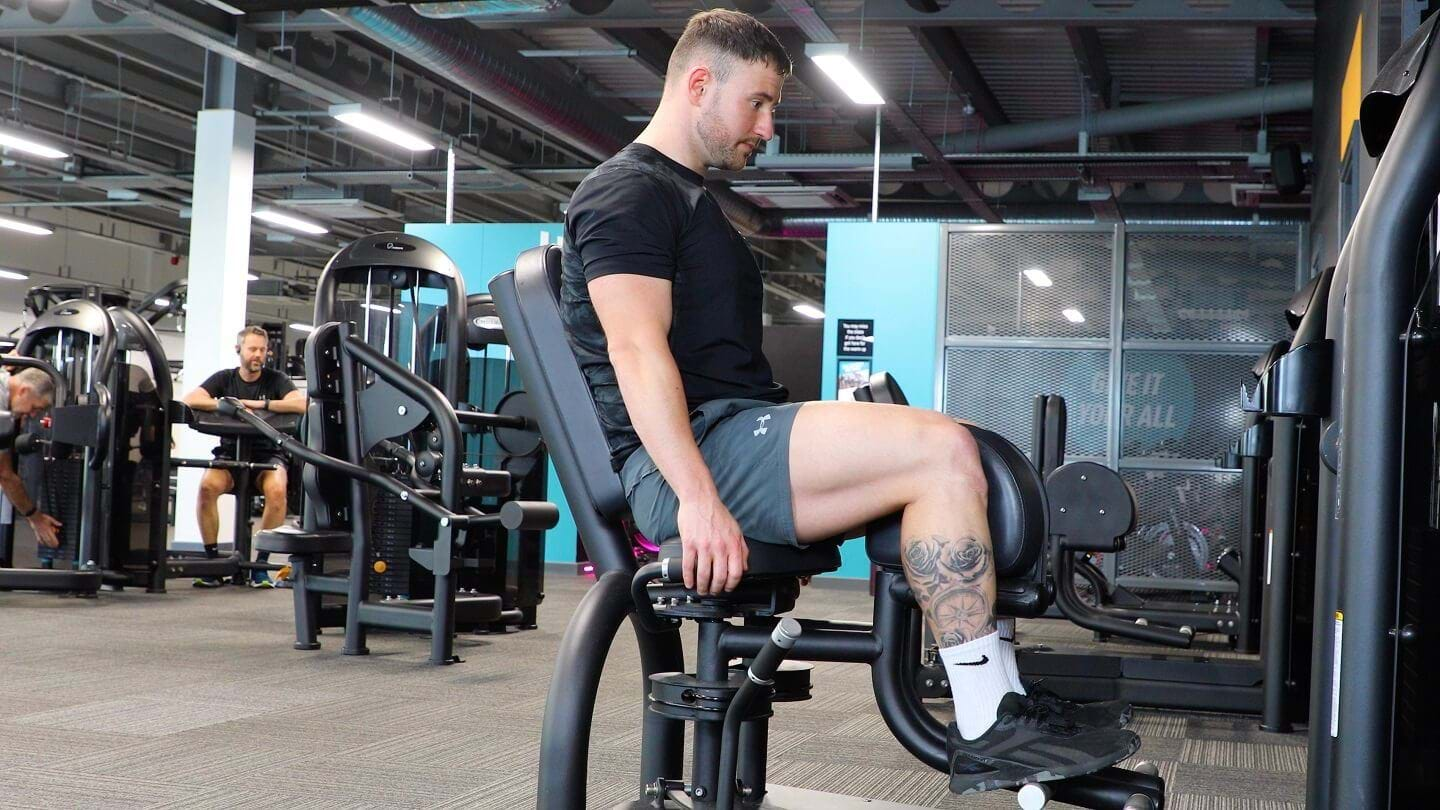Inner/Outer Thigh Exercises
Why should I train adductors and abductors?

See all abductor variations here
See all adductor variations here
The adductors and abductors refer to the groups of muscles in your hips and inner thighs.
The adductors are on the inside of your thighs, and are so called as they help to pull your thighs towards the midline of your body (known as adduction). They are made up of five muscles: adductor longus, adductor brevis, adductor magnus, gracilis, and pectineur. The abductors sit on the outside of the hips, and help to pull the thighs away from the midline. They include the gluteus medius, gluteus minimus, and tensor fascia lata.
Adductors and abductors play a role in stabilising the pelvis and hips, rotating our legs, balancing, and many functional movements like walking, standing, and sitting down. Strengthening these muscles have been shown to reduce back, knee and ankle pain, improve knock knees, help to prevent injuries, and improve posture. It's important to train both muscle groups, as an imbalance between the two can lead to a poor walking gait and balance.
Check out our other leg exercises: Calf exercises, Hamstring exercises, Quad exercises
Commonly asked questions on adductors and abductors
Exercise causes microscopic damage to the muscle fibres. While this damage is an essential part of building strength, it can lead to stiff and painful muscles - known as delayed onset muscle soreness (DOMS). Making sure you warm up before your workout, and cool down and stretch after, can help to prevent muscle pain after exercise. If you do experience sore muscles, gentle exercises and stretches to get the blood flowing, applying heat, and massaging the area can help to relieve and manage soreness.
An easy way to test if your hip adductors are weak compared to your abductors is to perform a squat. If your knees point outwards at the bottom of the squat, it suggests your adductors are weaker and need strengthening.
One way to test for weak hip abductors is to perform a single leg squat off a step, in front of a mirror:
- Stand with both feet on a step facing a mirror
- Slide one foot forward off the step and lean onto the other leg
- Lower into a quarter squat
If you have weak hip abductors, your hip will drop on the non supported leg, and you may find yourself leaning over for balance.
The clamshell is a hip strengthening exercise that mainly works the gluteus medius, which is the main hip abductor muscle. When done correctly, you should feel this exercise in gluteus medius, around the back of your hips.
Running from below your knee to above your hip, the IT band is a tendon that helps to stabilise the hips. Having weak hip abductors can cause the IT band to be overworked and become strained. Clamshells help to strengthen the hip abductors and therefore reduce strain on the IT band.
Adductor & abductor tips
- If you sit down for long periods of time, your adductor and abductors might be tight. Make sure to warm up before working out, and slowly increase the range of motion over time to avoid injury.
- Stick to a resistance or weight where you can perform the exercises in a slow and controlled movement, and focus on mind-muscle connection.
Abductor variations

The seated hip abduction machine isolates the muscles of the outer hip and thigh, including the glutes.

The side lying hip abduction uses bodyweight or resistance bands to isolate the outer hip, thigh, and glute muscles while activating the core.

Standing hip abduction uses a resistance band to target the outer hip and thigh and activate the core.

Using the cable machine builds strength and stability in the hip abductor muscles, including the glutes.

Clamshells target the outer hip and glute muscles to strengthen and stabilise the hips, and can be done as bodyweight or with resistance bands.

The side plank clamshell combines a bodyweight clamshell and side plank to work the outer hips, glutes, and core.
Adductor variations

The seated hip adduction machine isolates the inner thigh muscles and helps to build stronger legs.

The side lying hip adduction exercise can be done with or without resistance bands to tone and strengthen the inner thighs.
If you’re not sure if any of the above exercises are suitable for you, please consult your doctor before you start it. Need guidance on how to perform the exercise? Ask a personal trainer at your gym.